Lovin’ la Vida Lodi (Part 2 of my adventure)
So I had quite the introduction to Lodi wine country last week, and my second day there only got better.
Filled with enthusiasm and warmth from the previous evening’s festivities, I bounded onto the shuttle at 5:30 a.m. the second morning, ready for a sunrise harvest at Michael David Winery.
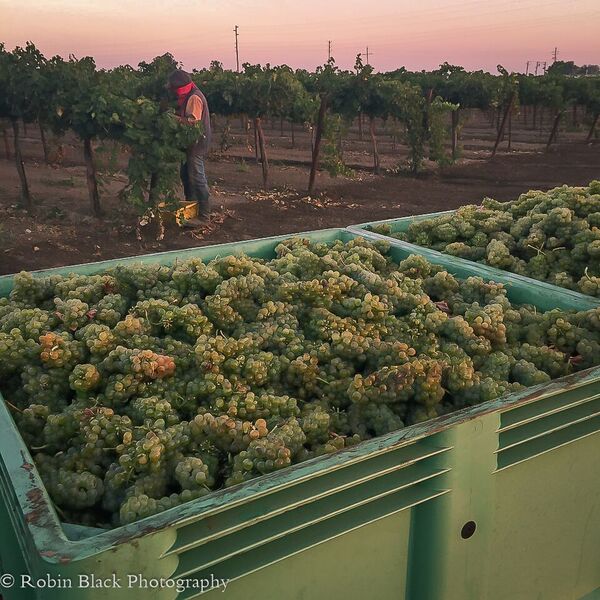
Oh, who am I kidding. I dragged my zombified self onto the bus, clutching my to-go cup of hotel coffee like a life preserver and wondered what the heck I’d gotten myself into.
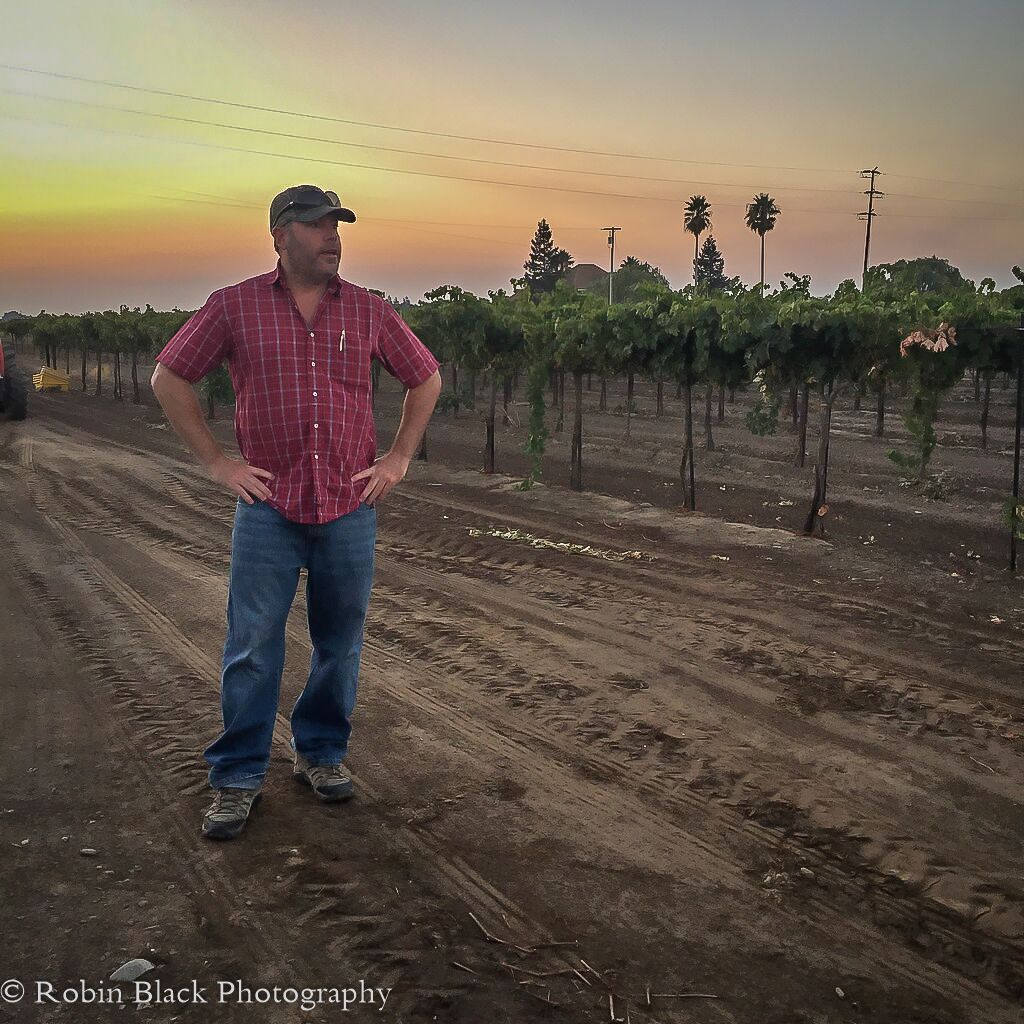
But the enthusiasm would soon return for real the moment we stepped into the vineyard, now bathed in a soft pre-dawn glow. The air still had a bit of coolness (enjoy it while it lasts!), and field workers were already hard at work hand-harvesting Viognier grapes–which is the same task we were about to try for the first time, and general manager Kevin Phillips was there to crack that whip and make sure we got to work pronto. A ruthless taskmaster, that man (not really; he was a riot, and a great sport for allowing us into his vineyard for some very sketchy beginner-level field work).
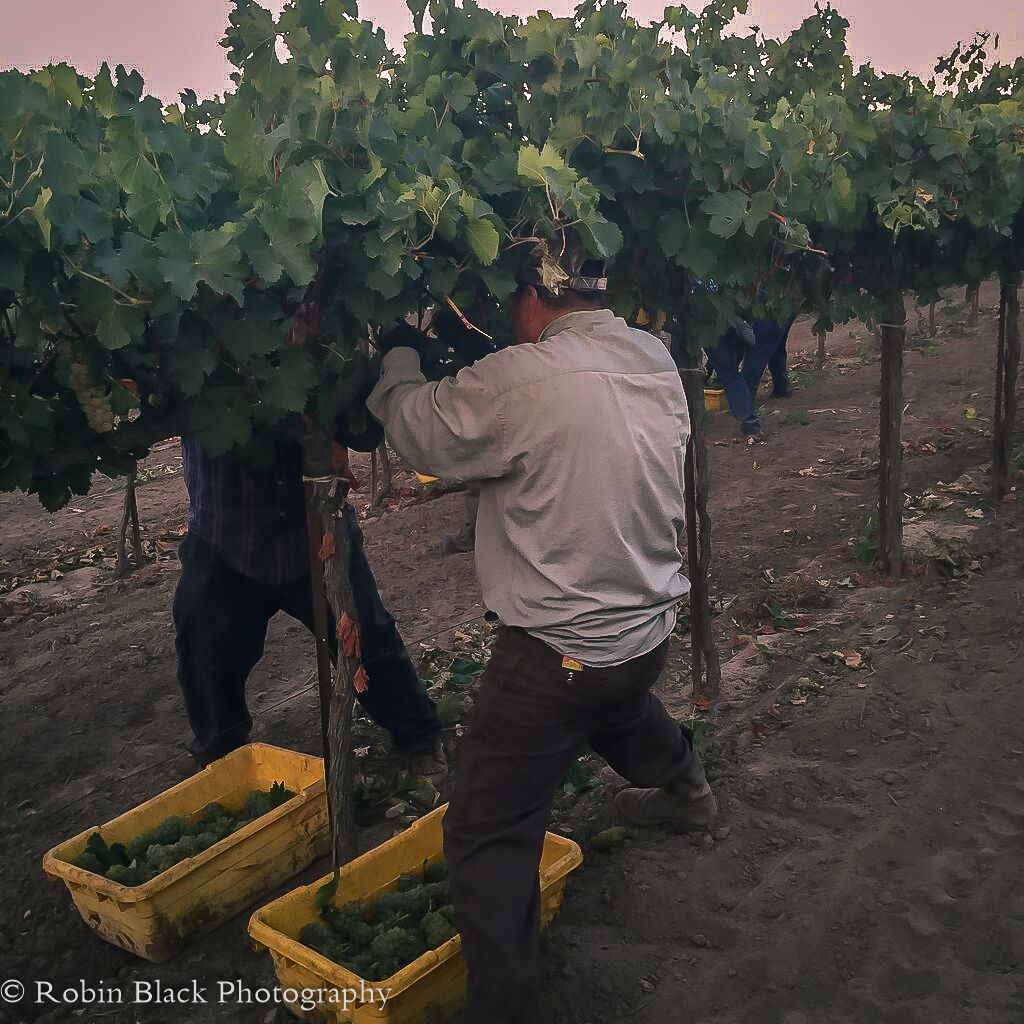
Let me just say this: those workers are GREAT at what they do, and the speed with which they do it will blow your mind. I was already impressed just watching them work their way down the rows, but when the rest of us donned gloves and picked up clippers to give it a shot, I was even more impressed. That is some seriously demanding work, and the level of skill and focus it takes to move with any speed down those rows comes from a lot of dedication and practice. It is hard, hard, hard work. They are Bad. Ass. We, on the other hand, kinda sucked–but learned a little more about what goes into making our favorite liquid-in-a-bottle, and got a genuine appreciation for some of the most back-breaking work that’s such an integral part of the process of going from grape to bottle. Everybody jumped in and gave it their best shot, and we almost, kinda-sorta filled up one big bin as a group.
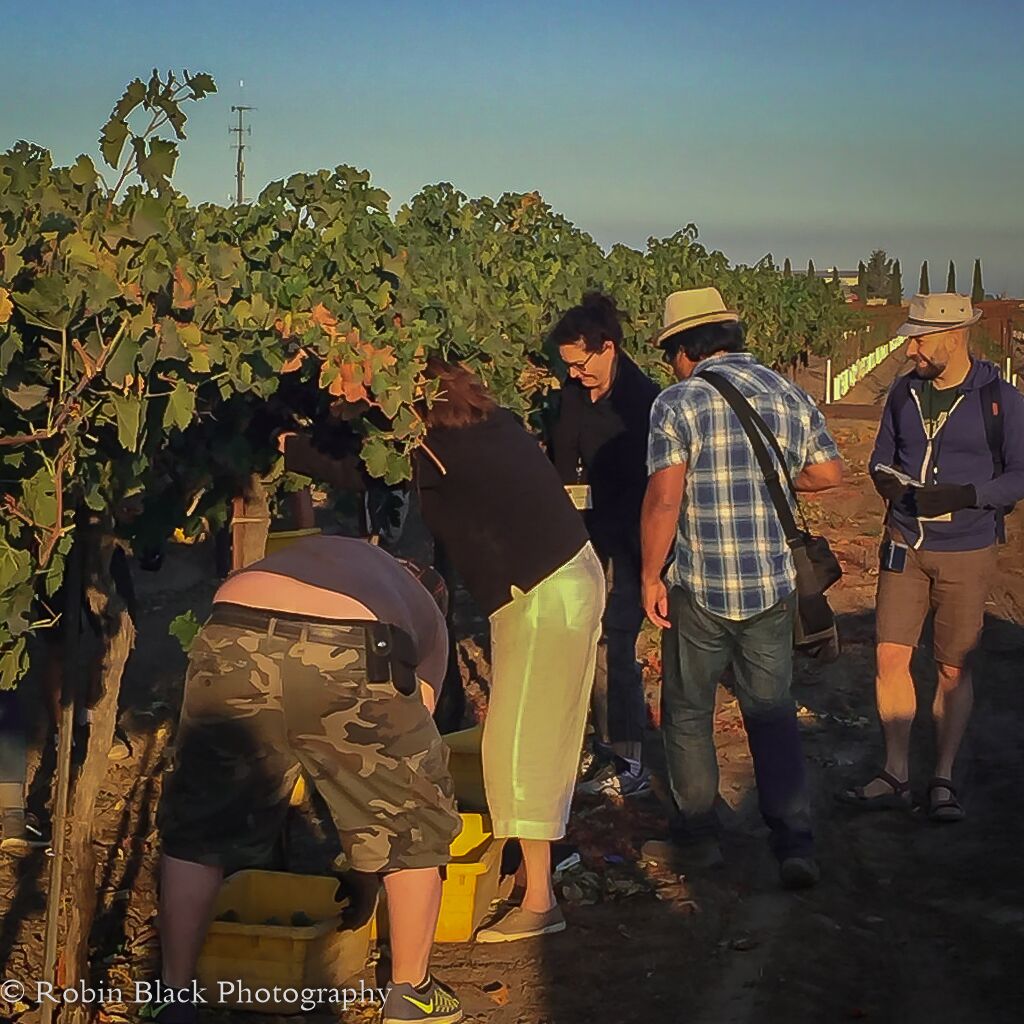
After a field worker’s breakfast at the winery (coffee and a massive breakfast burrito), we were off to Mokelumne Glen Vineyard to check out one of the (if not THE) most unusual vineyards in all of California. Bob Koth’s vineyard along the banks of the Mokelumne River is a living museum of German and Austrian varietals. While it doesn’t include every such varietal in existence, the Koths do grow almost 50 different varietals (including several different Riesling clones)–many of which are the only such plantings in the U.S., and in one of the least likely places to grow these cool-weather grapes. But grow them he does, and it’s become a varietal playground for winemakers, a few of whom greeted us at the end of our vineyard tour (where I hope nobody was keeping track of how many Gewurztraminer berries I was munching along the way).
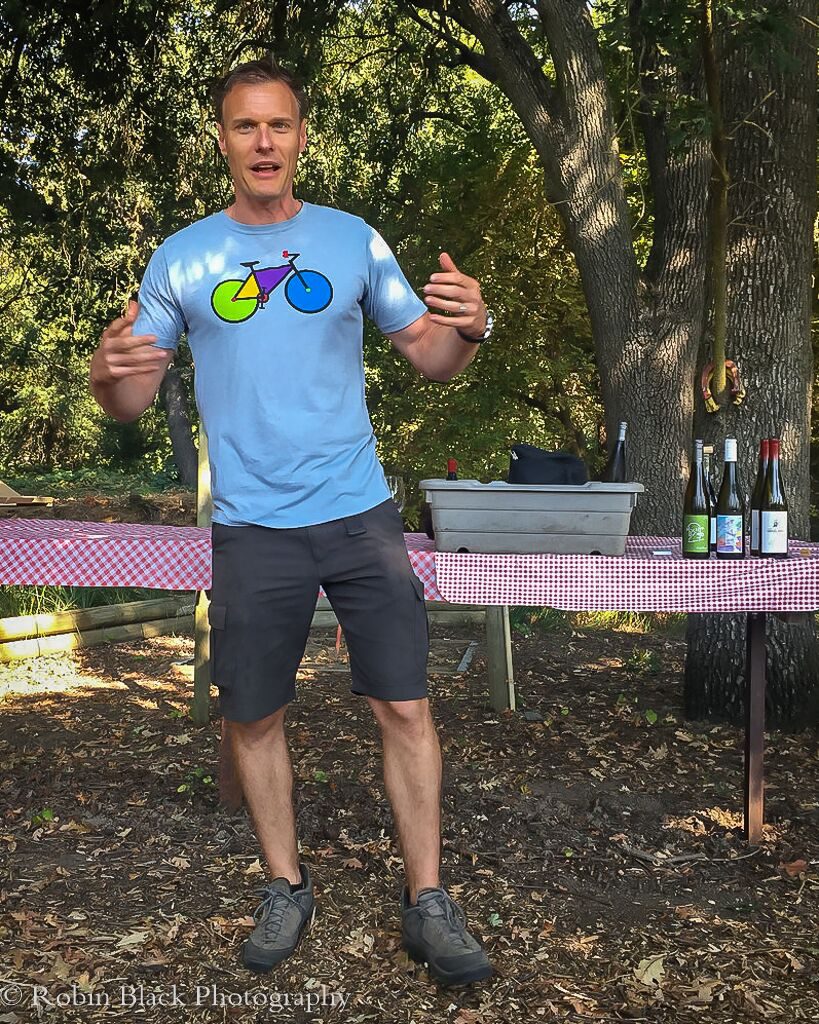
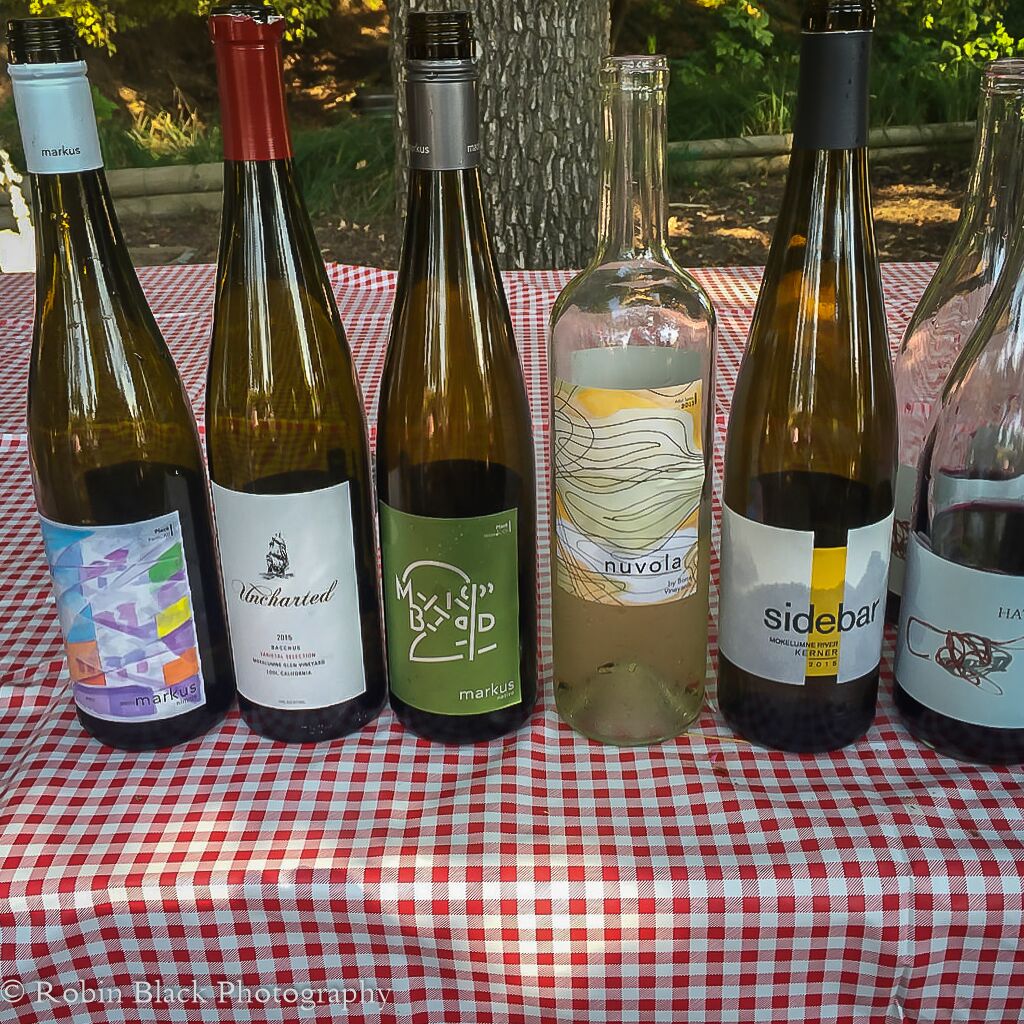
We sampled wines made from Mokelumne Glen grapes by Borra Vineyards, Holman Cellars and Sidebar Cellars–my favorites were the Holman Uncharted, made from MGV Bacchus grapes (a new varietal for me), and Borra’s Nuvola–a crisp, dry 100% Gewurztraminer made from MGV grapes. The excitement that these winemakers have about the opportunity to work with Mokelumne Glen’s rare varietals was palpable (and made the tasting that much more fun).
After we finished our tasting there, we stepped across a continent (figuratively speaking), meaning we walked across the road to Bokisch Vineyards’ Las Cerezas vineyard, planted with Spanish varietals Tempranillo, Albarino, and a new-for-me red varietal that Bokisch specializes in, Graciano. Owner and grower Markus Bokisch took us through a tasting of these wines (again, such a great experience standing in the same vineyard where the wine you’re drinking was grown). Bokisch spent several years in Spain, and came away with a passion for (and extensive knowledge of) Spanish varietals, and they are the centerpiece of the wines he makes.
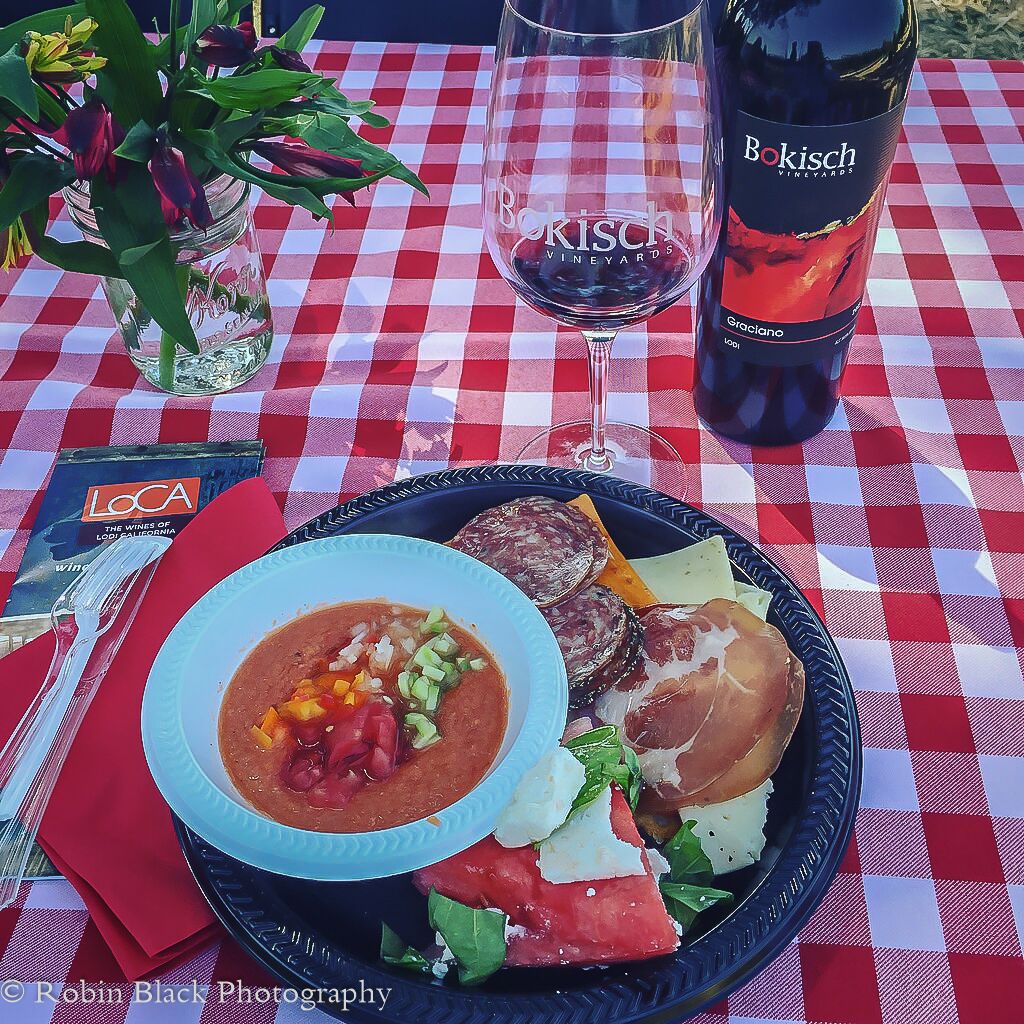
We were soon off to Bokisch’s Terra Alta vineyard and tasting room for another vineyard and winery tour (including a FUN taste of freshly pressed Albarino juice!), and finally settled in under a massive oak tree in the middle of the vineyard where we enjoyed a Catalan-style repast prepared by Liz Bokisch, accompanied by more of those delicious Bokisch wines. There were open-faced build-it-yourself sandwiches, a watermelon and feta salad, and an incredibly fresh, bright and perfect-for-the-heat gazpacho. It was the perfect warm weather meal, and the al fresco vineyard setting was beautiful. And I came away with a mild obsession for his Mourvedre-based Monastrell; we tasted the soon-to-be-released 2014, and I will be back for more of that.
So, what’s the best thing to do after feasting on a Spanish-inspired vineyard lunch? Go see more vineyards! Off we went again, this time to the Abba Vineyard where we were met by grower Phil Abba and winemaker Mike McCay of McCay cellars, who uses the Abba Syrah and Grenache in his wines.
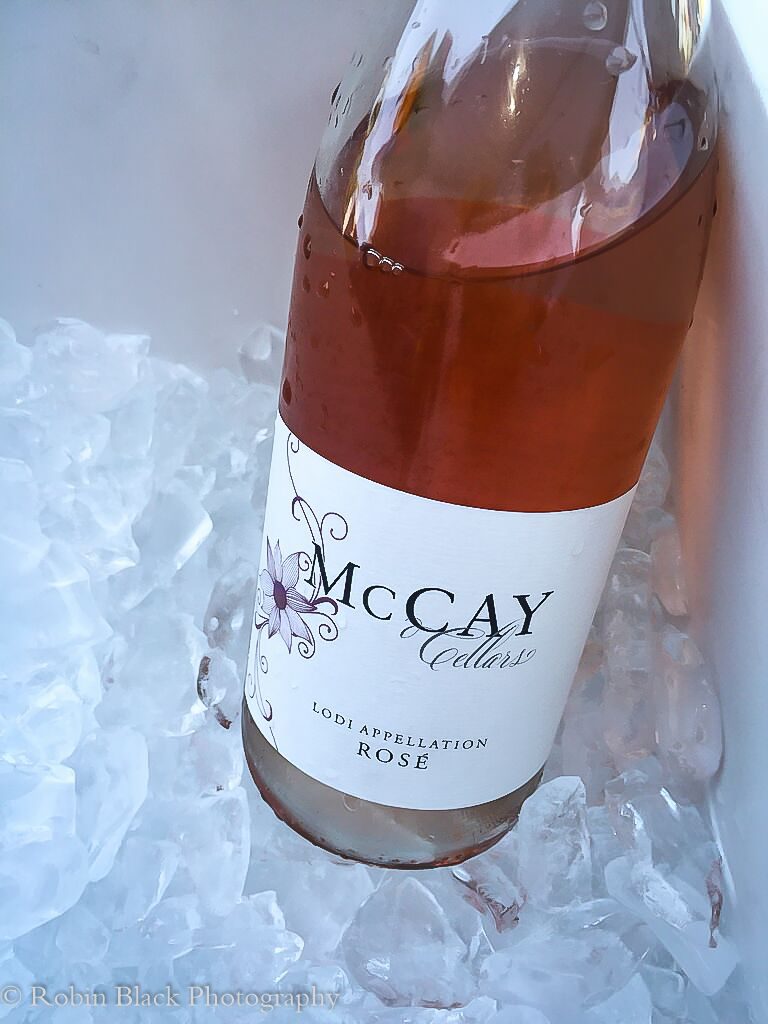
We were back to triple-digit temps, so being met with McCay’s cold and delicious Rose of Carignane and Grenache to start off with was a welcome treat. With refreshing rose in hand, we got a tour and quick lesson in trellising in the Syrah vineyard.
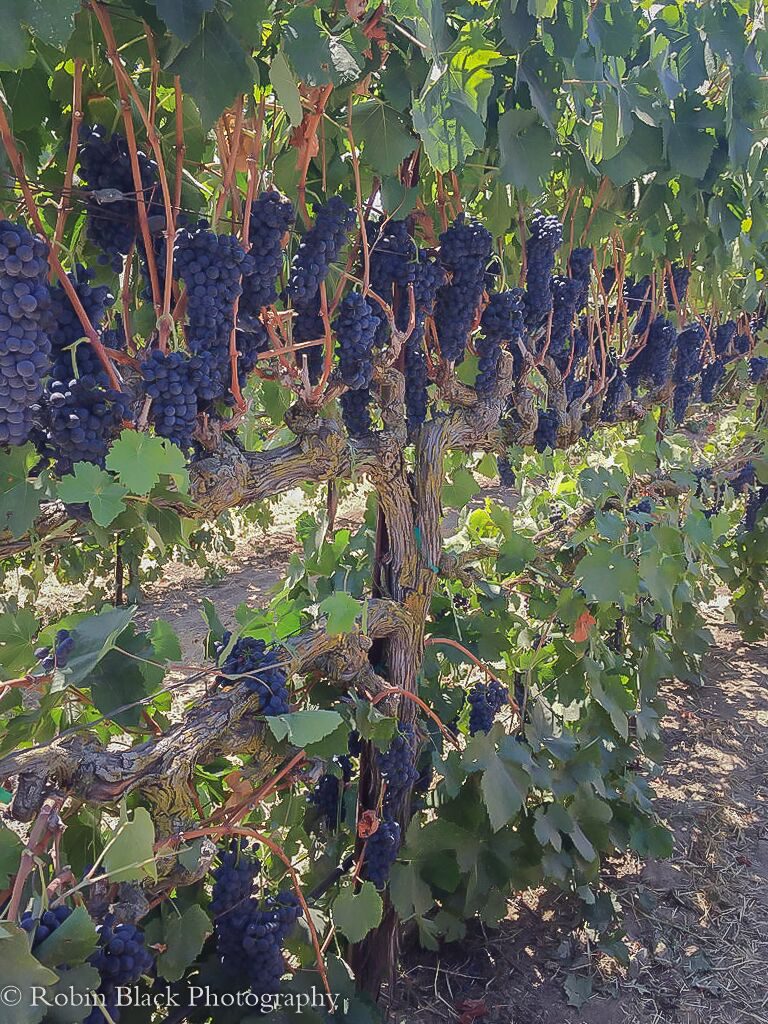
For this particular varietal, Abba uses an uncommon trellising system known as Smart-Henry, where the grapes are trained into two tiers. And it’s the most aesthetically beautiful trellising I’ve ever seen.
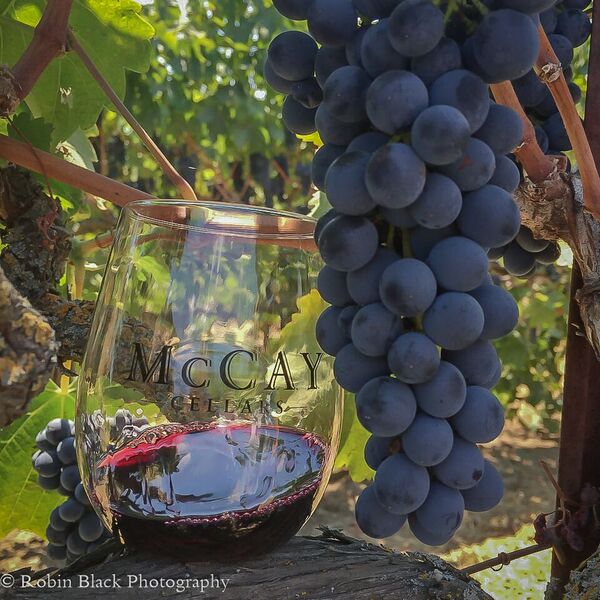
We had a taste of McCay’s Syrah from that vineyard, and then proceeded down the road a bit to Abba’s Grenache vineyard. Not only did we again sample the wine from that vineyard while tasting the almost-ripe Grenache berries, we got to do something this wine geek has been fascinated by but never tried before–we played around with one of the winemaker’s and grower’s most important harvest-time tools, the refractometer.
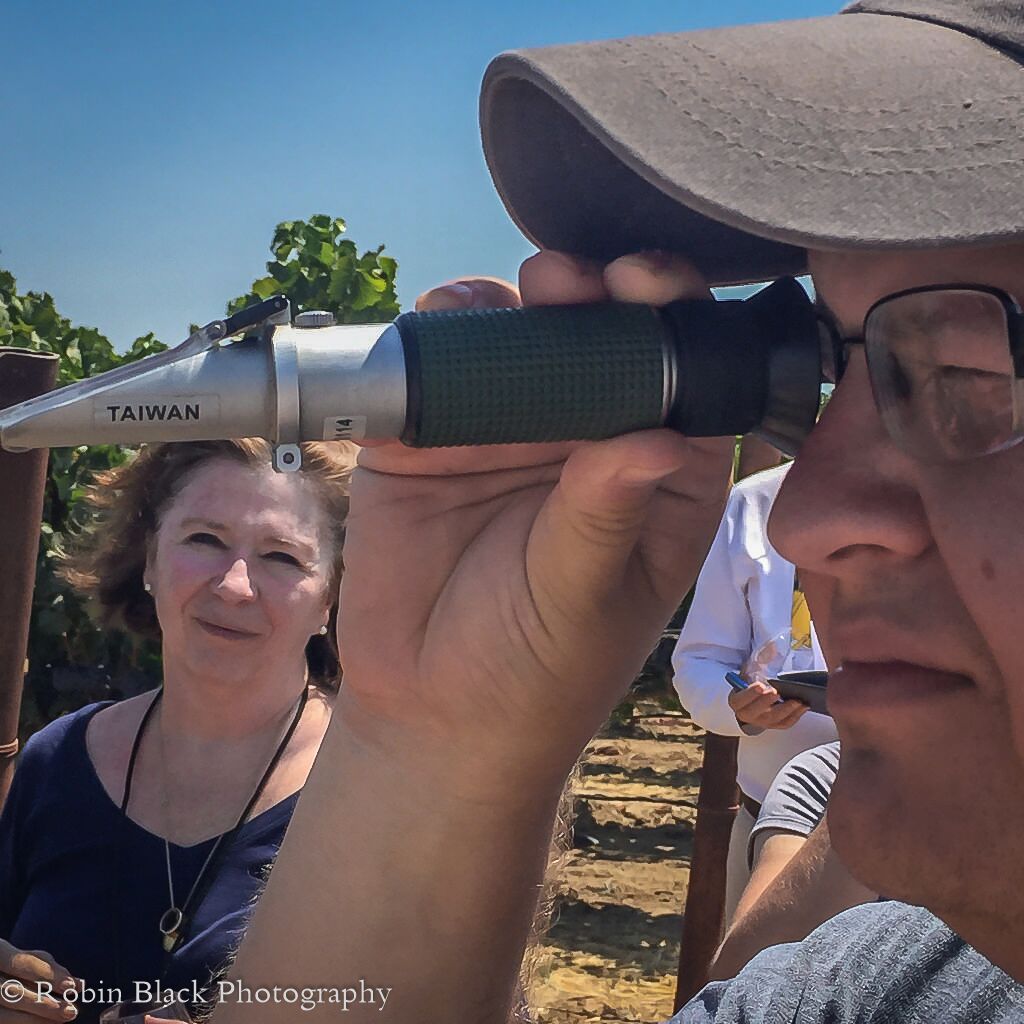
This is used to measure the sugar level, or brix, in winegrapes and helps determine when the time is right to pick those grapes (and by the way, that McCay Grenache–currently one of my favorite varietals generally–knocked my socks off; big and spicy on the palate, with a cherry cola nose that I flipped for).
I can’t say enough good things about how Lodi Wine planned this excursion, by the way–our final vineyard stop of the day was yet another educational (and really interesting) lesson in wine. We left the Abba vineyard and headed to the Rous vineyard of true ancient-vine Zinfandel.
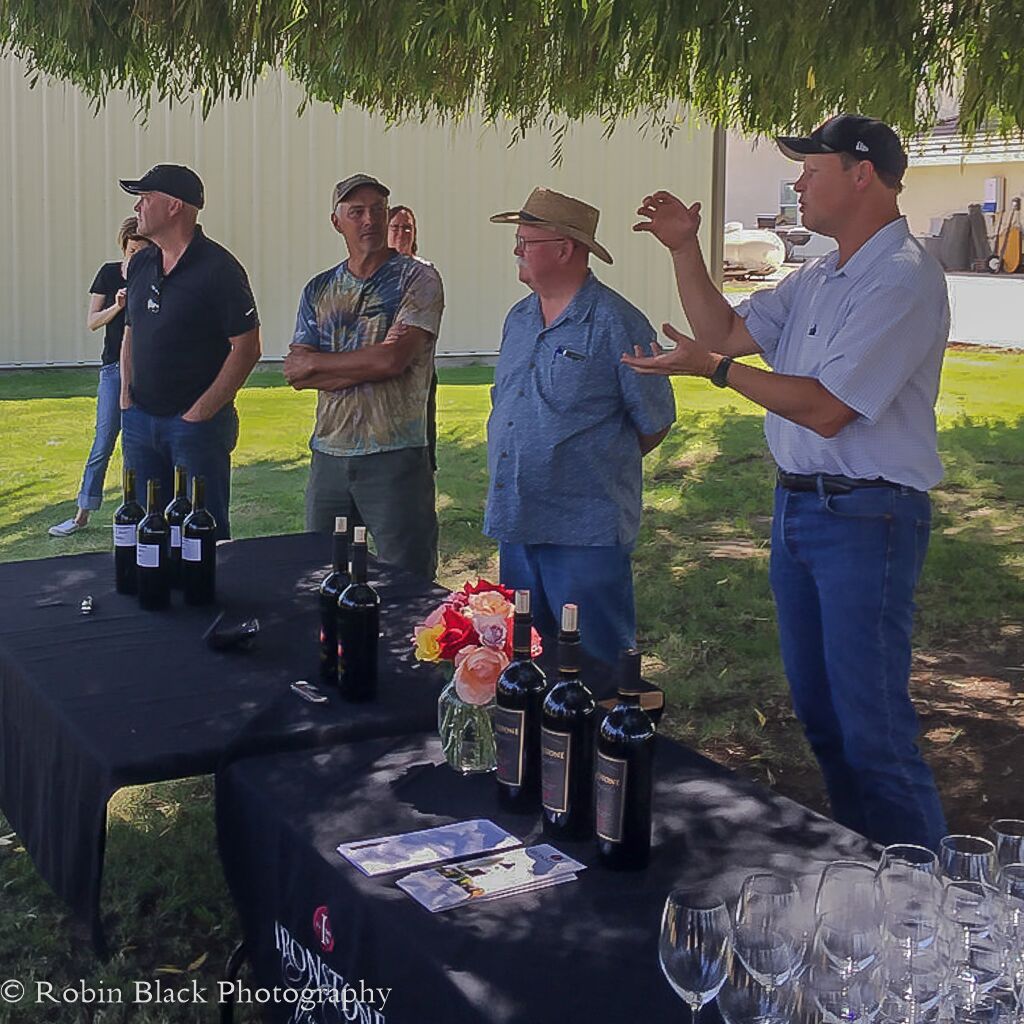
Grower Chris Rous sells fruit from that vineyard to three different winemakers–Mike McCay, who seemed to be just following us around at this point (I KID, I KID!–McCay was one of my favorite people I met on this excursion), Steve Millier of Ironstone Vineyards, and Tim Holdener of Macchia Vineyards. They all make an old-vine zin from this vineyard, and we were treated to a side-by-side tasting of all three. There were definite differences in style between the three, all were delicious, and it was really interesting to taste the different takes on old vine zin from the same vineyard. Yet another wine geek’s treat.
I may never stop raving about this experience. Lodi Wine did an amazing job showing off their great wine region, and including lots of general in-the-field wine education as well. I was so impressed not just by the wines, but by the wonderful people making them. Lodi is a small town, and those winemakers all know each other and have built a wonderful community–and it shows. I was honored to be included in that community, even if it was just for a couple of days. I’m already planning a trip back later this fall to interview several of the winemakers so I can more properly introduce them to you here on winestainedlens.
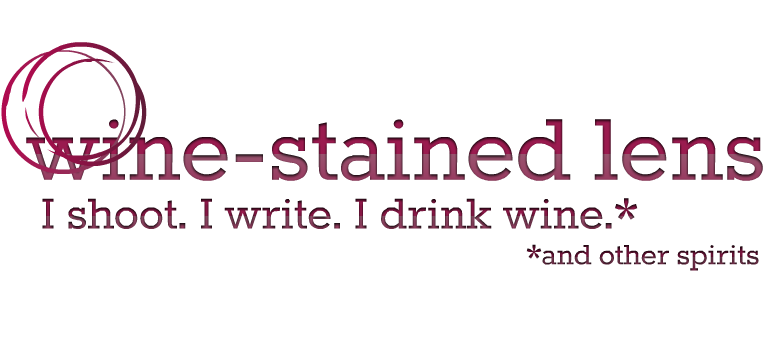
7 Comments
Gordon
Righteous. I really look forward to visiting Mokelumne Glen Vineyard. Love the German varietals.
Lynda Tranel Nahigian
Robin~ I totally enjoyed your article here. Your rave review of the Lodi wine region’s major wineries will bolster our growing reputation for exciting wines of many varieties. Great journalism!
I own a small vineyard of 1908 Lodi Old Vine Zinfandel on the east side. My husband is the grower who farms it himself- literally. We produce a very elegant Lodi Old Vine Zinfandel Estate wine. We are among the “little guys” who are not big enough to be included in all the hype about Lodi wines. Just a friendly suggestion: I’d love to see more interviews and reviews about the hands-on grower who literally labors tirelessly from January to harvest; and about other smaller Lodi wineries and wines that get very little recognition.
Thank you,
Lynda Tranel Nahigian
Lynda Tranel Vineyards
http://www.lyndatranelvineyards.com
lyndatranelvineyards@gmail.com
Robin
Lynda, thanks so much for your comment! The primary focus of my blog is to feature small producers. I’d love to meet up with you next time in Lodi (most likely in November)!
Austin Beeman
Great article and WOW is that a closeup of my face and the refractometer.
Robin
Thanks! You handle that refractometer like a pro! 🙂
Susan Manfull
Another collection of terrific photographs, Robin, and detailed review of the long but fabulous day!
Robin
Thank you, Susan! It was a fantastic day, indeed.